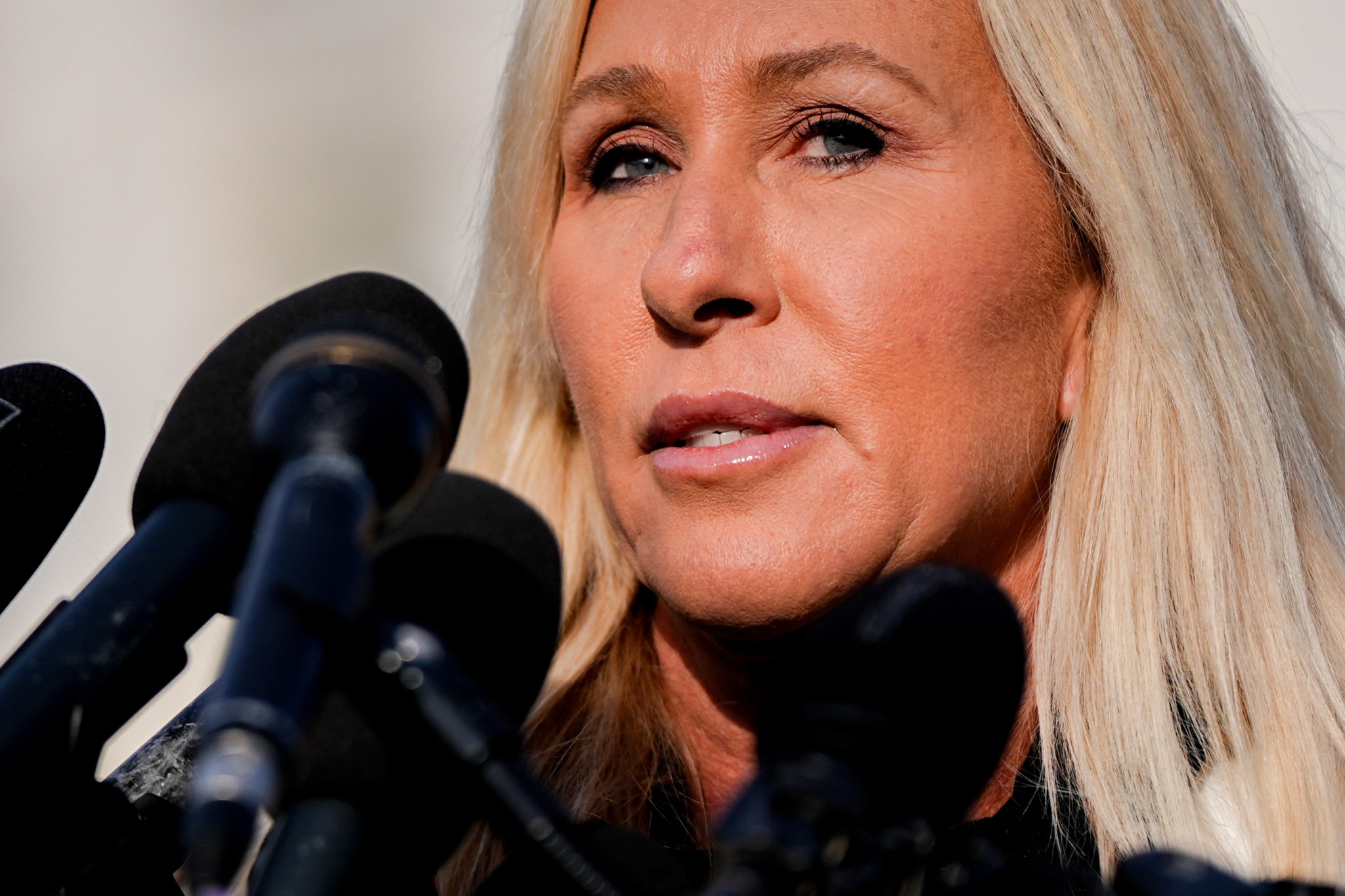
Welcome to this week’s Food Exec Brief, a roundup of the most important news shaping food and beverage manufacturing, from AI-driven predictive maintenance slashing unplanned downtime and virtual twins de-risking capital investments, to supply chain intelligence optimizing 500,000 deliveries monthly and regulatory uncertainty affecting 70% of packaged products.
Key takeaways:
- 🤖 Predictive AI shifts maintenance from reactive to proactive: Major manufacturers like Hovis, Mars, and PepsiCo use machine learning to predict equipment failures. Hovis, for example, saw a full ROI in the first year and expanded its AI ninefold due to reduced downtime and optimized engineer deployment.
- 🏭 Virtual twins de-risk capital investments before first robot ordered: Manufacturers create 3D factory replicas from drawings, CAD models, and BOMs to test layouts and scenarios, identifying bottlenecks pre-spend. This transforms risky capital guesses into confident business plans and maximizes OEE from the start.
- 🌾 AI-enhanced supply chain planning delivers enterprise-scale optimization: Leading food companies use cloud-based ERP systems with AI and machine learning for 500,000+ monthly deliveries. This improves forecast accuracy, optimizes inventory, and boosts logistics efficiency, unifying farm-to-fork planning.
- ⚖️ Federal ultra-processed food definition creates portfolio uncertainty: A joint FDA and USDA initiative to define UPFs for 70% of the U.S. packaged food supply is causing industry concern. The regulatory timeline extends through October 2025, leaving manufacturers uncertain about future classifications, with worries that beneficial whole grain products and yogurt might be discouraged by overly-inclusive criteria.
🤖 AI predictive maintenance becomes standard practice for reducing factory downtime
With Hovis deploying AI across multiple bakeries and Mars, PepsiCo implementing similar systems, manufacturers are transforming maintenance from reactive firefighting to proactive intervention, using machine learning to forecast equipment failures before production stoppages.
Major manufacturers scale beyond pilot phase
- Hovis expands AI partnership ninefold after successful trials: Hovis implemented IntelliAM’s predictive maintenance across multiple UK bakeries, achieving full ROI within twelve months.
- Industry leaders adopt similar approaches: IntelliAM serves 25% of the top 100 FMCG companies. Mars, PepsiCo, Weetabix, and Müller utilize AI for predictive quality, faster line changeovers, and real-time monitoring to reduce waste and unplanned maintenance.
Self-learning systems detect failures before human operators
- Machine learning analyzes thousands of data points continuously: AI detects subtle operational changes in machines, analyzing heat, vibration, air pressure, and alarm patterns, allowing engineers to intervene proactively.
- Single stoppages ripple across entire networks: In bakery operations where production line stoppages can severely disrupt supply chains and prevent millions of shoppers from receiving products, predictive intervention is crucial for continuous operations.
Why it matters
Using AI platforms for data analysis helps companies achieve full-year ROI by reducing unplanned stoppages, optimizing engineer deployment, and maintaining supply chain consistency, unlike competitors relying on reactive maintenance.
Learn more.
🏭 Virtual twins turn risky capital investments into confident business plans
Manufacturers consolidate digital assets into living 3D factory replicas to test layouts, stress-test tariff and logistics scenarios, and spot bottlenecks before physical spend, answering capital expenditure questions and maximizing OEE from day one.
Virtual models de-risk expansion decisions before equipment orders
- “Fly through” future plants before they exist: Virtual twins integrate 2D drawings, CAD models, BOMs, and point cloud scans into one platform. Teams can test layouts and observe the flow of parts, people, and robots to identify wasted space, time, or energy.
- Stress-test dozens of scenarios in hours, not weeks: Manufacturers simulate tariff, wage, logistics, and demand changes before investing in robots or facilities. This validates configurations that optimize throughput, buffer sizes, and shift patterns.
- Lock product, process, and people configuration before spend: Convert engineering BOMs to manufacturing BOMs, sequence operations, assign resources, and generate work instructions to link product and process. This ensures optimal OEE from the start, avoiding bottleneck discovery during physical build.
Real-time data enables continuous optimization after launch
- Stream MES/IoT data back into twin for ongoing refinement: Once plant runs, continuous monitoring feeds operational data back into virtual model, enabling teams to rerun “what if” scenarios as tariffs, demand, or product mix changes and identify optimization opportunities.
- Simulate machining and additive processes directly on twin: Validate NC toolpaths, additive layers, surface quality, and spindle loads while design updates propagate automatically, reducing physical prototyping costs and accelerating time-to-market for new products.
Strategic advantage compounds across facility lifecycle
- Turn scattered engineering assets into clear vision: Rather than fragmented drawings and specifications, a virtual twin creates a single source of truth consolidating equipment data, layout specifications, and process parameters accessible to all stakeholders.
- Answer capital expenditure questions with confidence: Knowing exactly how much a new or expanded plant will cost and what ROI to expect requires comprehensive virtual model enabling informed decisions about strategic changes to manufacturing capacity.
Why it matters
Manufacturers that take advantage of 3D replicas to test scenarios, validate configurations, and optimize operations before physical spending can reduce risk, accelerate time-to-value, and maximize OEE, while competitors make costly decisions based on incomplete information.
Learn more.
🌾 AI-powered supply chain planning optimizes 500,000 monthly deliveries from farm to fork
A leading global food company deploys cloud-based ERP with AI-enhanced forecasting to manage operations across 117 countries, processing 8 million tons annually while improving forecast accuracy through machine learning and consolidating planning on a single platform.
Enterprise-scale complexity demands intelligent planning
- 500,000 deliveries monthly to 415,000 customers: MBRF’s SAP IBP manages 5 million tons of poultry and swine production annually, serving 117 countries with brands like Sadia, Perdigão, and National Beef, ensuring forecast accuracy and rapid response.
- AI-enhanced models optimize inventory and logistics: Machine learning algorithms use statistical modeling, time series analysis, and integrated analytics to predict daily sales, production, and annual budget, anticipating labor and machine needs.
- Sustainability requirements significantly impact planning: Animal welfare, environmental standards, and governance significantly impact demand forecasting, necessitating systems that account for certification, country-specific regulations, and Halal practices.
Unified platform breaks down operational silos
- Real-time visibility with automated exception management: Cloud-based system consolidates procurement, order management, and warehousing into a single workflow, breaking down silos while providing holistic operational view and automated processing of 400+ production operations.
- Digital transformation recognized with SAP Innovation Award: MBRF was selected as a winner in the Cloud ERP Champion, Food Industry Leader category for supply chain performance and AI-based deployment excellence delivering measurable improvements in forecast accuracy and departmental collaboration.
Why it matters
Companies that adopt cloud-based ERP with machine learning for 500,000+ monthly deliveries can significantly improve forecast accuracy and logistics efficiency, unlike competitors with fragmented systems and poor real-time visibility.
Learn more.
⚖️ Federal agencies pursue ultra-processed food definition affecting 70% of packaged products
The FDA and USDA announced joint effort to establish uniform UPF definition for foods comprising approximately 70% of U.S. packaged supply, prompting industry concerns about classification criteria potentially discouraging beneficial whole grains and yogurt.
MAHA Commission drives federal urgency on chronic disease
- “Ultra-processed foods are driving our chronic disease epidemic”: The HHS Secretary announced accelerated federal efforts against ultra-processed foods after the May 2025 MAHA Report, with the FDA and USDA jointly requesting information to define them.
- 70% of packaged products are potentially affected: Ultra-processed foods (UPFs) constitute an estimated 70% of packaged foods, with children deriving over 60% of their calories from them. Studies link UPF consumption to cardiovascular disease, Type 2 diabetes, cancer, obesity, and neurological disorders..
Scientific complexity and unintended consequences create uncertainty
- No universally accepted definition exists: UPF classification has varied considerably over time, with systems using different terms and approaches, creating inconsistency in research and policy that uniform federal definition aims to resolve.
- Overly-inclusive criteria risk discouraging beneficial foods: Whole grain products and yogurt, despite health benefits and dietary recommendations, may be classified as ultra-processed, raising concerns about accurate health impact assessments.
Policy implications span federal nutrition programs
- Dietary Guidelines inform School Lunch, SNAP, and other programs: DGAs serve as the basis for federal, state, and local food and nutrition initiatives, amplifying the impact of UPF classification decisions across programs serving millions of Americans.
- The FDA and NIH investing in nutrition regulatory science: New NIH-FDA program aims to understand how ultra-processed food consumption harms health through research on food additives, metabolic effects, and chronic disease contributions.
Why it matters
The debate over ultra-processed food definitions stems from portfolio classification uncertainty, with a federal definition potentially impacting 70% of packaged goods. Industry comment will help ensure that classification systems differentiate nutritious whole grains and yogurt from high-sugar/sodium products, despite the strategic planning challenges posed by extended regulatory timelines.
Learn more.
The Food Exec Brief provides weekly insights for food and beverage manufacturing leaders and publishes every Friday. Want to get essential food industry news delivered to your inbox? Sign up for our weekly and daily newsletters.

Credit: Source link













